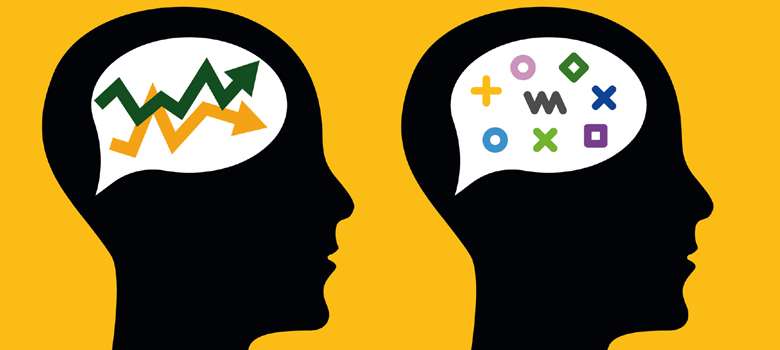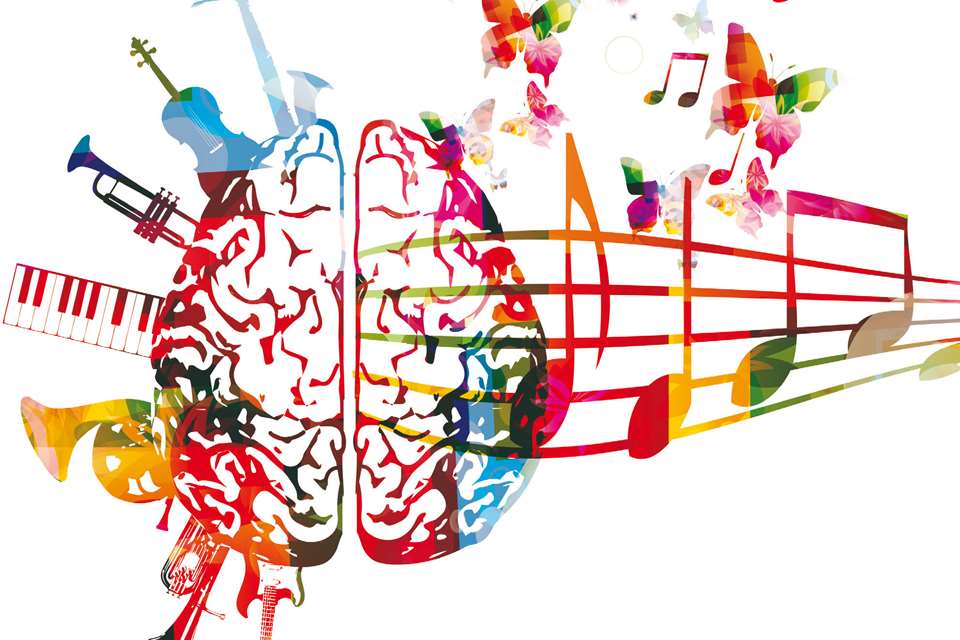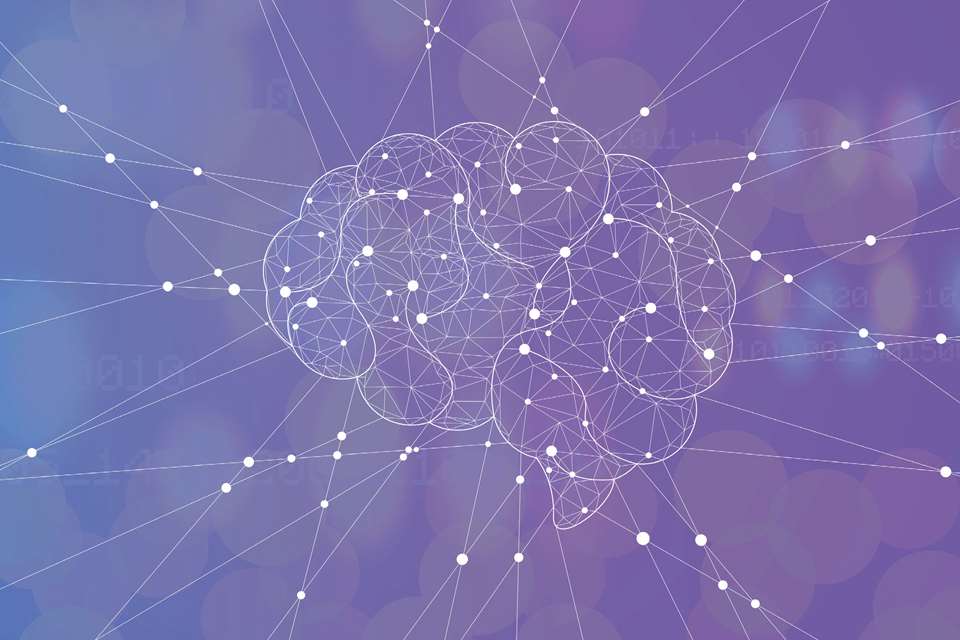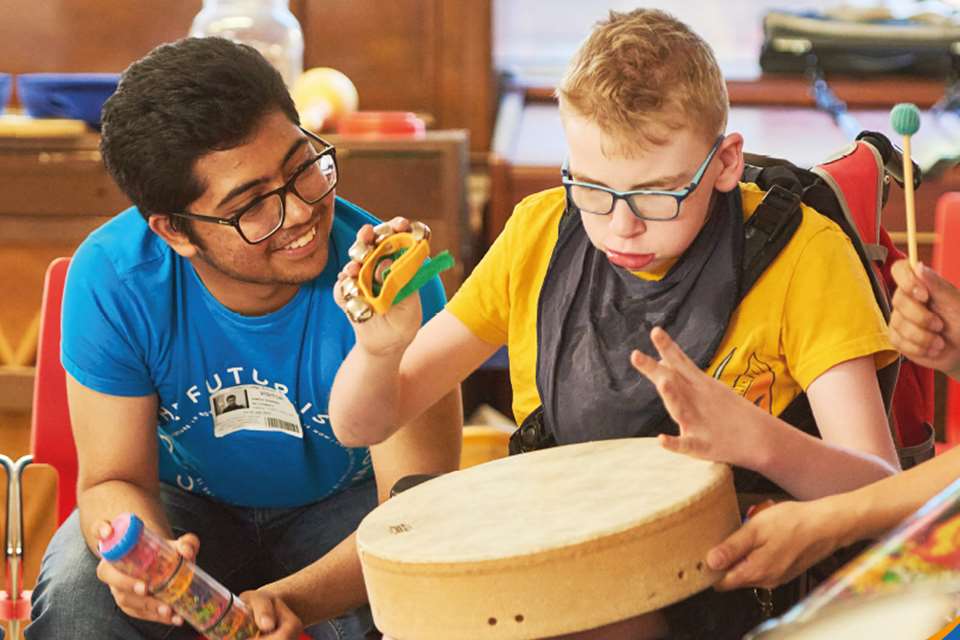Music and neurodiversity
Karen Marshall
Wednesday, July 19, 2023
Published author Karen Marshall is neurodivergent, a parent of children with dyslexia and ADHD, and a member of the British Dyslexia Association's Music Committee. Here, she explains key teaching strategies for supporting neurodiversity.

Adobe Stock / Tomozina1
It was back in 1999 that I knowingly took on my first neurodivergent student. With a dyslexia diagnosis, my student started his education in a special needs school due to difficulties with speech and language. Having an actual diagnosis at that time was rare; the British Dyslexia Association (BDA) suspects that only 4% of children with the condition were diagnosed. It became incredibly clear that my usual teaching strategies were not working for this lovely young man. I reached out to the BDA for support and that was when I first came across the Music Committee.
Margaret (‘Peggy’) Hubicki MBE, a member of the committee, helped me over several years to support that student and many others to come. To this day, I use much of the wisdom Peggy shared with me (I will be forever grateful), and her truths are incorporated in this article. When Peggy died, in 2006, The Telegraph described her as ‘an eminent teacher of harmony and before the war enjoyed an exciting career as a composer and pianist until tragedy intervened; she later invented the colour-staff system of notation to help people with dyslexia to read and enjoy music.’
In the area of music and neurodiversity, lots of things are changing as science advances and language adapts. However, certain truths prevail, meaning timeless teaching tools are worth revisiting as the number of neurodiverse students increases, as awareness and diagnostic tools improve.
This area is also a priority for Ofsted. In January 2022 it wrote that inspectors will want to know that ‘all pupils, particularly disadvantaged pupils and those with SEND, acquire the knowledge and cultural capital they need to succeed in life, make progress, in that they know more, remember more, and are able to do more’ and that they are ‘learning what is intended in the curriculum’.
MOPS
As a way of remembering some of the most effective ways to teach neurodiverse students (or indeed any student!), Sally Daunt, former chair of the BDA Music Committee, summarises these methods using the mnemonic ‘MOPS’: Multisensory, Over-learning, Personal association and Systematic. It's a useful mnemonic to use, so let's explore these themes further.
Multisensory teaching
In the words of Peggy Hubicki, ‘Remember to ask your students: What do you hear? What do you feel? What do you see?’ This refers to what is commonly known as ‘multisensory teaching’, which is accepted as the most successful way to teach neurodiverse students. Indeed, some of the most respected music pedagogies – Kodály, Orff and Dalcroze – all incorporate this. So, what is it? In essence, is it incorporating all the senses in the learning process. This is not using the Fleming VARK learning model (Visual, Aural, Read/Write and Kinaesthetic), which was debunked over a decade ago (APS, 2009). So, in any concept the teacher aims to use as many of the senses as possible. With a musical scale, for example, this could include singing the scale, feeling the intervals in the muscle memory of the voice, feeling the pattern of the notation on the fretboard/keyboard or keypads without playing the sound (‘ghosting’), or simply chanting the letter names while fingering the patterns. Within Dalcroze, they advocate singing the scale while moving, illustrating intervals as you walk: a large stride for a tone and small step for a semitone. Children can also represent the structure of a piece, such as ‘ABAC’, by standing up when they hear the relevant section of music.
Over-learning
This is also referred to as ‘embedding’. The working memory and short-term memory are often compromised in those with learning differences; with long-term memory, however, this isn't the case. By over-learning – doing the same concept over and over but using different contexts – information can be absorbed into the long-term memory. Teachers must find ways to revisit things such as mind-mapping techniques (where you list concepts around a central theme visually). You can regularly repeat these for things like set-works and there are some super apps and programmes available for mind mapping – do experiment with these. Also, experiment with mnemonics such as ‘DR SMITH’ for the elements of music: Dynamics, Rhythm, Structure, Melody, Instruments, Texture and Harmony. It's helpful to devise new mnemonics that students can remember and revisit. The more personal to them, the better.
Teachers instinctively point out simultaneous connections, with ‘Can you see how the composer has used the same chord sequence we experienced in the other work?’, for example. Colour coding musical elements in set-work scores (e.g. harmony elements in red, a particular rhythm in another colour) can also help bring these connections together.
As a case study, I recall a student of mine, Lucy, who was neurodivergent with traits of dyslexia. When reading notation, we had all the G pitches coloured green, which provided a helpful ‘landmark’ note that Lucy could reference when identifying other pitches. With support, Lucy shaded the note with her coloured pencil. This gave her confidence to identify the note particularly in the bass clef, where she struggled the most.
Personal association
Have you ever created a pin number from an old telephone number, house number, date of birth or famous date? Personal association really does work to help remember things. And if it's whacky, even better! One past student of mine never forgot his Circle of Fifths after creating a mnemonic that included the words ‘Granny’ and ‘Bogies’!
Systematic
Making learning systematic is, I believe, one of the most important things for teaching and personal learning. Mrs Curwen discovered this many years ago and describes it in her ‘education maxims’ first published in 1913 as part of her Piano Method. Here, she describes systematic teaching (maxim number 7) as: ‘Proceed from the known to the unknown’.
This means breaking down information into smaller pieces but presenting it in a very logical way. It's far easier for a student to understand rhythm if they can first mark a pulse; it's then easy to move to splitting the beat (from crotchets to quavers). As teachers we need to think carefully about how we present concepts, and, if a student is struggling, about which learning stage needs revisiting to aid learning.
I recall a student of mine, Sam, who was neurodivergent with traits of Autistic Spectrum Disorder. When asked to do anything creative, such as improvising or composing, Sam would simply say ‘no, thank you’ and refuse. It was better to break things down into tasks and not even say we were composing or improvising. Our first composition was completed with him writing a note and then me writing a note; then me one bar, and him one bar. I'd mention how I thought his bar was better than mine, and invite him to write two bars to my one. In the end, I said I thought it would be better if he wrote all the bars, which he happily did!
What is neurodiversity and learning difference? ‘Neurodiversity is a relatively new term. It helps to promote the view that neurological differences are to be recognised and respected as any other human variation. It is used to counter negative social connotations that currently exist and to make it easier for people of all neurotypes to contribute to the world as they are, rather than attempting to think or appear more “typically”.’ (British Dyslexia Association). Neurodiversity can include learning differences such as dyslexia, dyspraxia, ADHD, Autistic Spectrum Disorder, Dyscalculia, Dysgraphia and more. Current estimates suggest that up to 20% of the population is neurodiverse.
Lessons learnt as educator and parent
- Be flexible and challenge your own bias. Just because something worked for you or other students in the past doesn't mean it will work for this student. Make things bespoke and be willing to adapt.
- Be kind, empathetic and non-judgemental. Feeling supported can really help your student develop self-confidence/esteem when learning.
- Ask your student whether your teaching is working for them, and find out what other teaching strategies have worked in the past. Give them a voice in the lesson.
- Be creative in your teaching but also informed. How much information can you find to help you while working with this student? How can you use this information creatively to improve your teaching strategies?
- Don't overload your student – in all contexts. Avoid too much information on a page, too much music to practise, or assignments all at once. Similarly, don't speak too fast or too much; give time for processing.
Final thoughts
This article doesn't cover the advantages of neurodiversity, but there are many! Not least lateral thinking, creativity and an amazing work ethic. Access to getting diagnosed can be very variable across the UK. By employing tried and tested techniques we can all enjoy music education with or without a diagnosis. Let's do all we can to help all students meet their potential and enjoy the benefits music brings.
References and links
- Association for Psychological Science, 2009. Learning Styles Debunked. bit.ly/44ndLNQ
- Marshall, K. and Stirling, P., 2017. How to Teach: Instrumental and Singing Lessons, 100 Ideas. Collins Music.
- ABRSM, compiled Marshall, K., 2019. Making Music Accessible. bit.ly/3rbTtIY
- bdadyslexia.org.uk/advice/children/music-and-dyslexia
- BDA Helpline (0333 405 4567) for general advice. For concerns about a student in school, speak with the school SENCO first.




